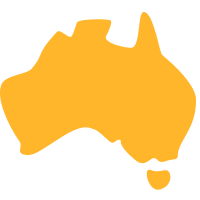New Guide – Working with Bilingual Workers in Aged Care
It is not uncommon for aged care providers to employ staff with bilingual skills within a variety of roles and professions. Recognising and tapping into these language skills can be an enormous asset in any aged care setting. When well-managed, these valuable skills can be effective in bridging communication barriers with clients who speak a language other than English.
However, whilst most aged care providers would readily acknowledge the benefits of employing staff who speak languages other than English, there are few guidelines or policies underpinning the use of these language skills within the workplace, and moreover, little consideration given to the organisational support required to ensure that staff are able to use their language skills to maximum effect.
Drawing on best practice initiatives across other sectors, the Centre for Cultural Diversity in Ageing has developed a step-by-step Guide for aged care providers to assist them in harnessing the bilingual skills of their staff and maximising their effect within the workplace. The Guide provides an overview of key issues to consider in terms of human resource management, risk minimisation and improving service outcomes. It also outlines strategies for instituting policies, protocols and procedures, undertaking staff development and training and identifying resource implications.
The Guide to Working with Bilingual Staff' in Aged Care is now available.
Acknowledgements
Centre for Cultural Diversity in Ageing acknowledges and pays respect to the Wurundjeri people of the Kulin nation, on whose land this website was developed. We pay our respects to Aboriginal and Torres Strait Islander peoples, their ancestors and elders, both past and present and acknowledge their continuing connection to land, sea and community. We hope our work contributes to the wider project of respect and recognition between cultures in Australia. Centre for Cultural Diversity in Ageing receives project funding from the Australian Department of Health and Aged Care to administer the Partners in Culturally Appropriate Care (PICAC) program in Victoria.
Did you know?






